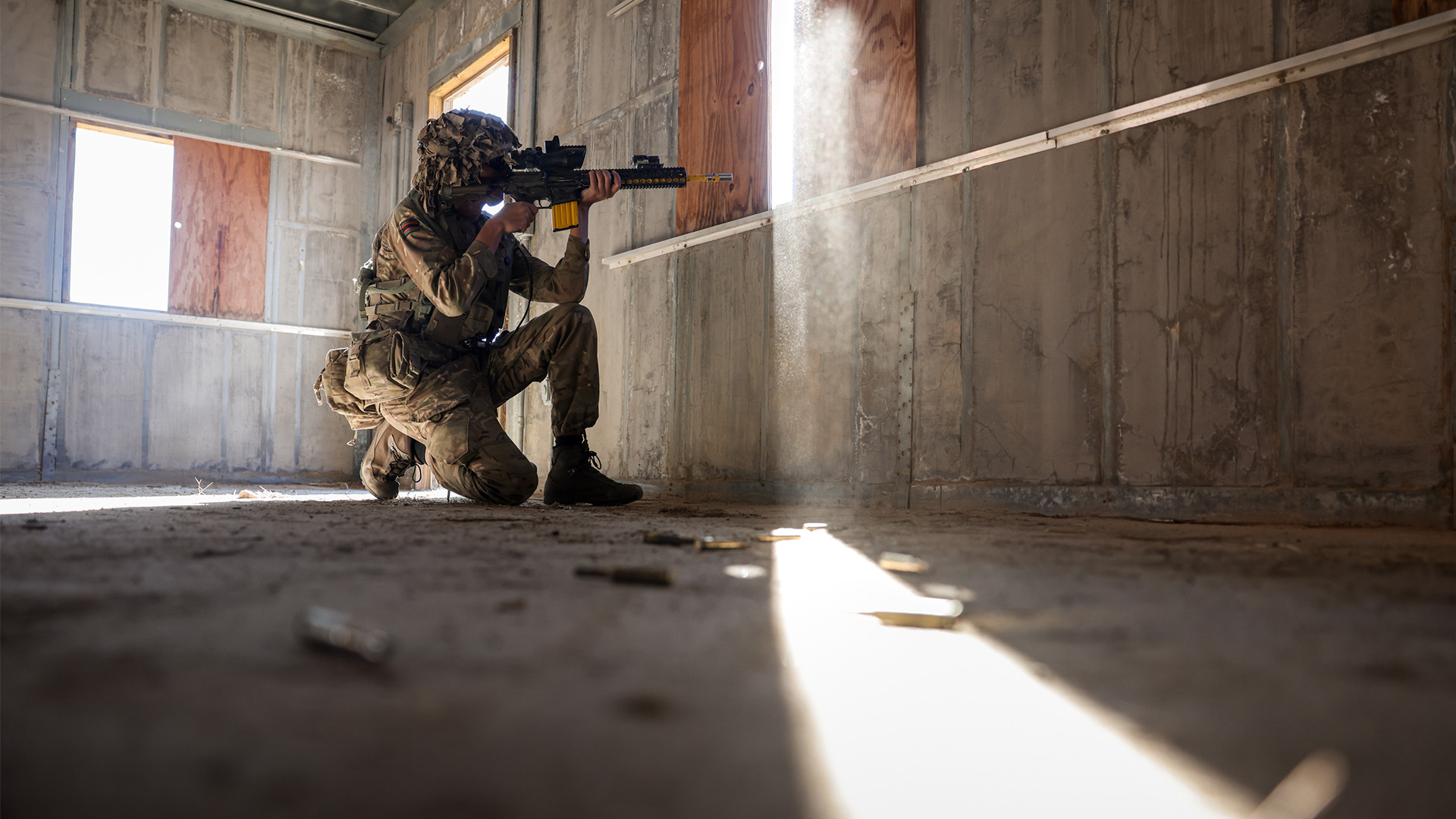
Disciplined budgeting may not be sexy, but it's key to defence procurement

Earlier this week the newly christened "Quad" of officials who lead the UK’s Ministry of Defence appeared before the Public Accounts Committee.
This Quad consists of the Permanent Secretary (the department’s top civil servant), the Chief of the Defence Staff (the UK's most senior serving military officer), the Chief of Defence Nuclear, and the new National Armaments Director.
The questioning from the committee was, as you might expect, wide ranging but what interested me most, as someone who has spent over 30 years involved in delivering Defence capability, were the NAD’s remarks about the implementation of the Integrated Procurement Model.
There is a perennial and persistent charge against MOD’s acquisition and procurement system that it is too slow, too bureaucratic, too risk averse, and favours intricate and highly specified solutions over stuff that’s good enough to get the job done most of the time.
There is some truth to this of course but, like all stereotypes, the problem is that it fails to tell the whole story.
The Integrated Procurement Model follows a long tradition of such change initiatives that have aimed at improving the perceived flaws in Defence Acquisition. The ongoing Defence Reform programme will make further changes.
Under the NAD, Defence Reform sees a centralisation of capability delivery activity.
This is, of course, intended to bring increased speed of delivery, clearer accountabilities and a more integrated approach. Previous initiatives which decentralised or otherwise reorganised such activities in MOD sought, variously: faster timelines, better delivery, clearer decision making, streamlined procurement, greater empowerment and accountability, and more commercial agility.
You get the idea
Whilst such initiatives are launched with great fanfare by the new brooms in both ministerial and senior official positions, far less attention is paid to understanding whether the intended benefits were realised from the investment in previous transformations; and what can be learned.
To be fair to MOD, Lord Levene produced a series of annual follow-up reports to check on the progress of implementation of his recommended reforms.
By the fourth such report in 2015 Lord Levene commended the MOD for the "timely and successful execution" of the reform programme.
Perhaps that is so, but it strikes me that something more fundamental is at play if continual reorganisation simply brings us back to the same point every few years. I would be very keen to see truly independent audits of the change programmes, with an emphasis on long-term benefits realisation, to really understand whether the changes had the enduring impact intended.
And, if not, why not? Surely, as they say, those who do not learn from history are doomed to repeat it!
I think the more fundamental issue is that we convince ourselves that there are simple solutions to complex problems. In reality there are competing tensions that need to be balanced.
Spoiler alert: there is no 'right' answer.

Perhaps centralising and decentralising every few years in turn helps to balance these tensions, but it does seem a laborious and expensive way of going about it.
So, if it’s not that – what is it? There is a persistent desire to do things at the speed and with the levels of risk that might be taken in wartime. If we (or others) can do it in war, why can’t we do it in peace?
The straightforward answer is that you run out of money and people really quickly if you try to run a wartime organisation within a peacetime political-economy.
When setting requirements or, more fashionably, a problem statement for the war, the use case is clear. The threat is known; the environment is understood; and the time between production and operational use is small.
By contrast, when procuring something for a (but as yet unknown) war; none of these things are known.
Various types of analysis and intelligence help to inform the assumptions that set the requirements, but there is significant uncertainty about what 'good enough' will really mean.
Especially when that 'good enough' might be tested some years into the future, in a different part of the world against an adversary we have not yet characterised.
To hedge against this, capability planners and procurement professionals tend to prepare for the worst – after all, the worst is what the military are there to deal with.
Where is the incentive to do anything else?
Especially if you’re producing something that may sit on the shelf for some time. Is it more important to get it quickly or get it right? Why not take a bit longer to get it right?
And anyway, how do we define the 80% capability that it is fashionable for seniors to say they will accept?
If I offered you a piece of body armour that slowed the incoming high-velocity bullet down to 20% of its previous speed before it entered your body, would that be acceptable to you? If not, what are we talking about?
How do we know what 80% really means? A Formula 1 car that can only do 80% of the speed required may as well not turn up to the Grand Prix.
To accept the 80% solution, we have to have a clear (enough) understanding of what the implications of the missing 20% are, and how much they (might) matter.
The advent of the ‘Minimum Deployable Capability’ is nonetheless seen as a move in this direction, but is it really?
Previously, Initial Operating Capability was the military capability standard which was considered "to be the minimum level at which the capability or service is usefully deployable".
This has been discontinued in favour of "delivering a minimum deployable capability quickly, and then iterating it in the light of experience and advances in technology – rather than waiting for a 100% solution that maybe too late and out of date".
The distinction between the two isn’t all that clear, is it?
There is an increased emphasis on the 'spiral' iteration of capability but, the reality is that capability insertion and upgrade after entry into service has always happened, especially for complex platforms.
The first Type 23 frigates entered service in the early 1990s without a combat management system, which was fitted later. Spiral acquisition in action!
The constraining factor is, generally, the amount of money and staff available to continue the evolution of the capability.
There are already many more upgrades available for our various systems than the MOD has money or capacity to purchase. If you want Defence Acquisition to go faster you will spend more money more quickly, even if you achieve more.
The truth of the matter is that we often delay, defer or descope procurement projects to balance the books not because of an inability to go faster.
The other significant difference between peace and war is consumption.
Drones are often held up as the exemplar of agile battlefield development in action, and rightly so.
But this is enabled, in part, by drone consumption. Upgrades every six weeks or so would be less attractive if the shelves and munitions dumps were full of unused and untested drones.
If such systems are not in continuous use, how does one get both the feedback for iterative development and sustain the headroom to sustain production?
The answer lies in disciplined budgeting and prioritisation. It's not sexy or exciting but it ensures that the headroom is available to prioritise those spirals that are most essential to the prevailing threat and security concerns.
I was greatly heartened, therefore, to hear from the NAD that equipment programme budgets were to be deliberately stratified into major platforms, equipment spirals and then rapid technology exploitation; with appropriate commercial models for each strata.
This move away from a one-size-fits-all approach to acquisition transformation in Defence is welcome and, with discipline and patience, should bear fruit.
And these changes should be given a thorough and independent audit in the coming years to assess the efficacy of the changes made. Hopefully that way we can build on success, rather than finding ourselves trying to address the same problem once more.
Commodore (Ret'd) Steve Prest is an independent consultant and adviser who can be found on X as @fightingsailor.









